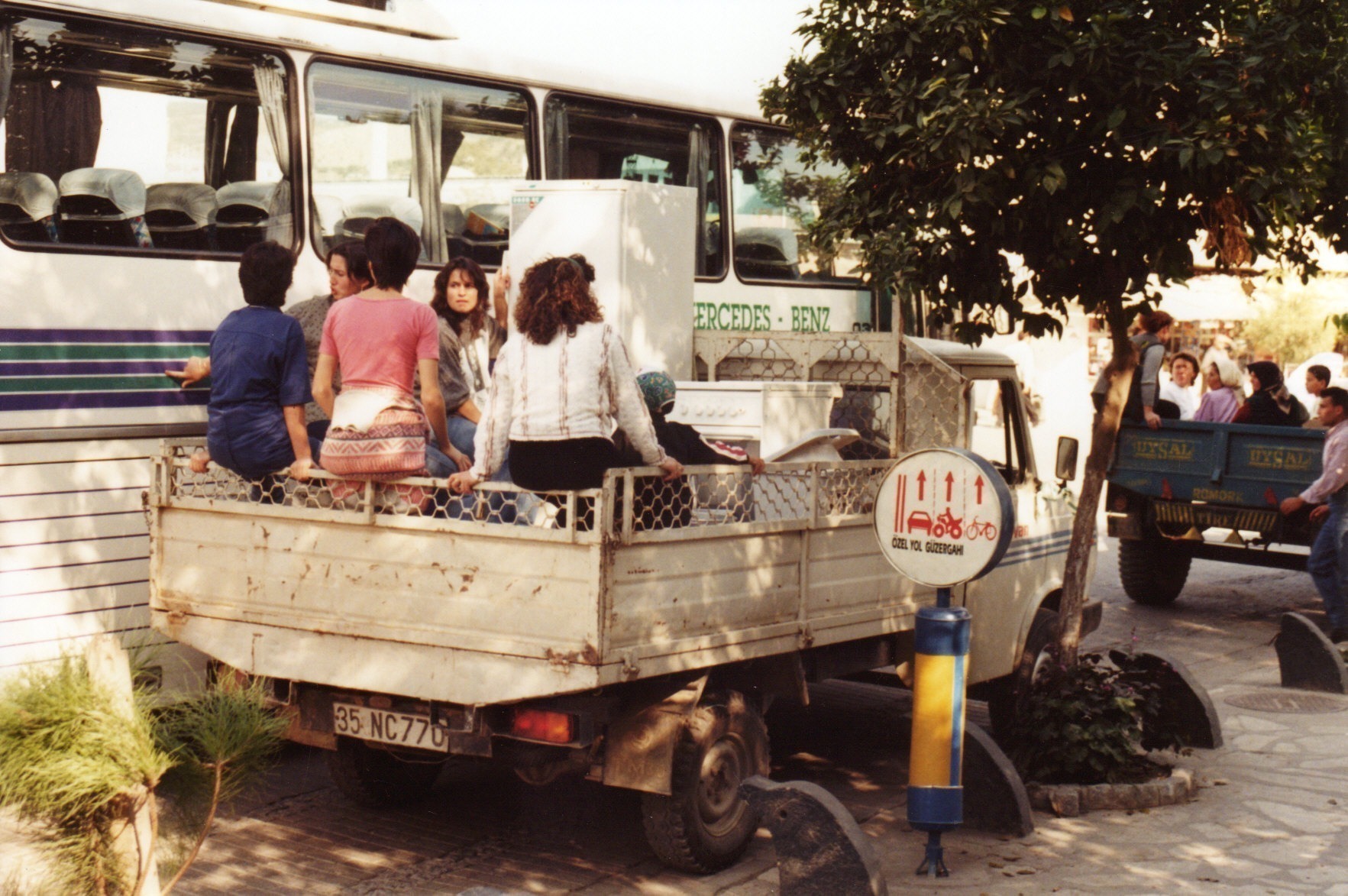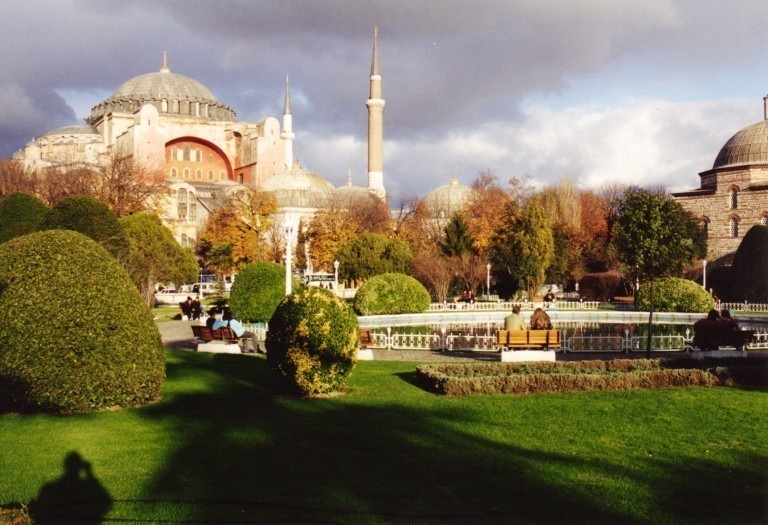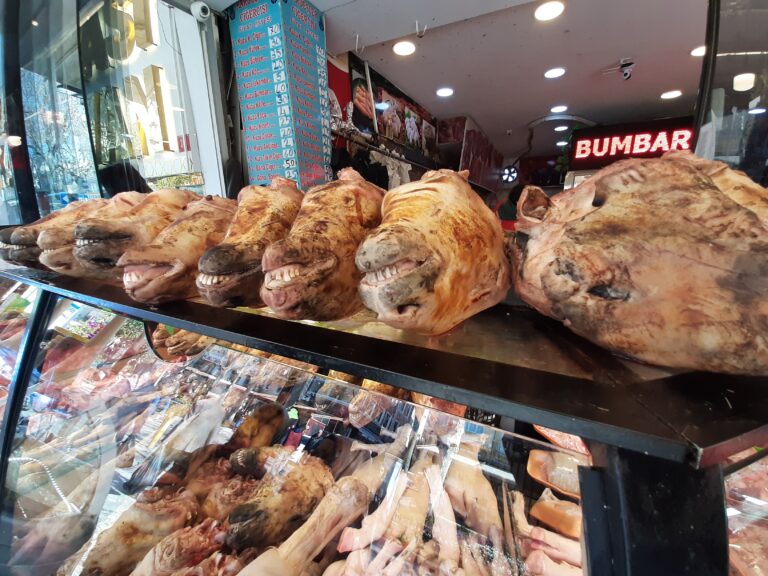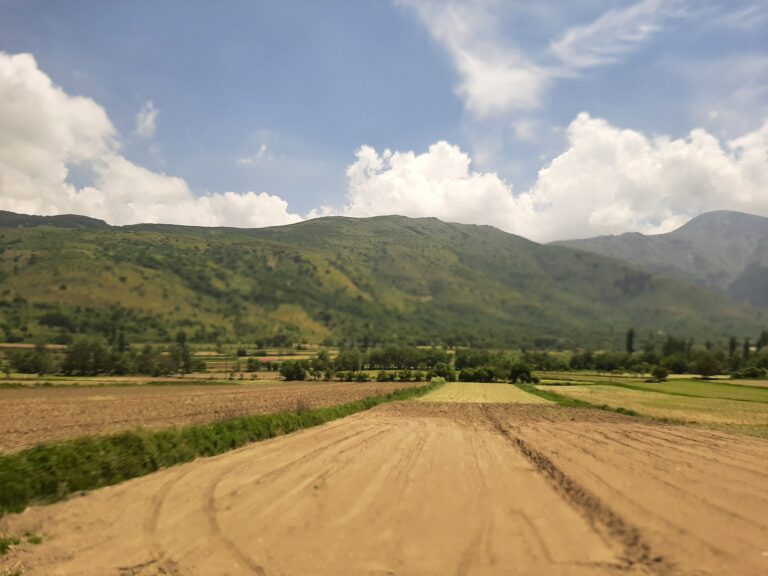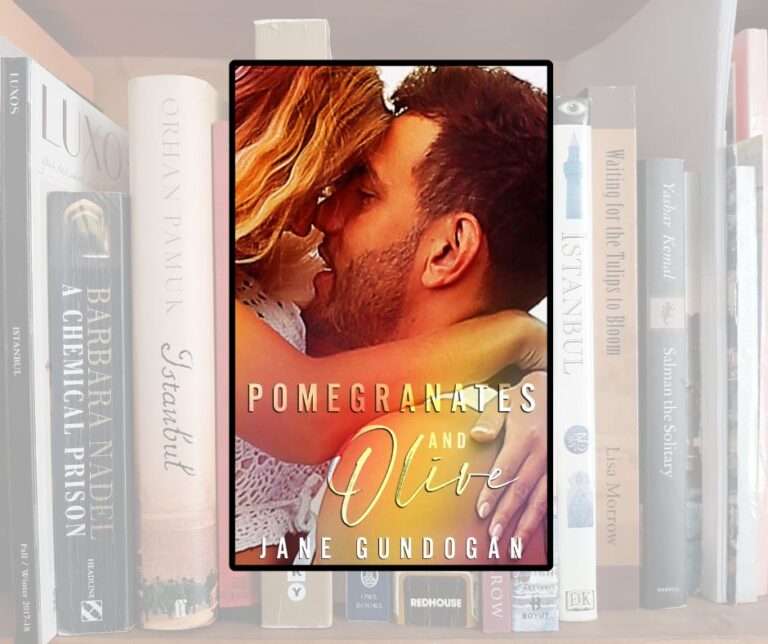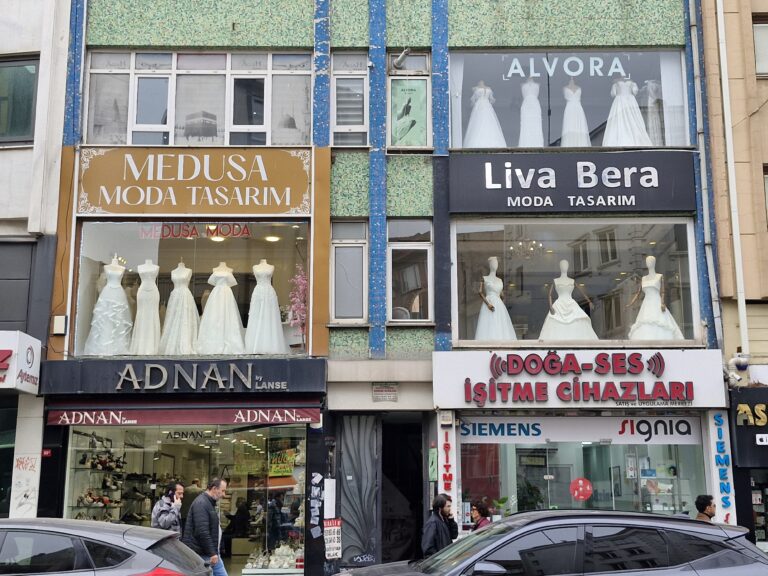Turkish wedding traditions
Living in Turkey for many years I’ve learned about a lot of different Turkish wedding traditions. Here are just a few.
“Some years ago I lived in central Turkey. It was at the beginning of the 21st century and Kayseri, the regional capital of Cappadocia, was equipped with all the modern conveniences you would expect to find in any town of its size. There were cinemas, restaurants, shops and even one or two bars. At the time, my best friend and colleague was a woman named Sezen. She was a local girl who’d married a man her family had suggested. When I knew her they’d been married ten years, had two children and seemed pretty happy. I knew she loved her husband but I didn’t know if she did when they were first wed.
I never really thought about it until one day we were in town shopping for clothes. Sezen introduced me to her uncle and her cousin, Hamdi, who was getting married soon. His family had a gold shop in Kayseri, one of many in the city. We stayed long enough for Sezen to catch up on family gossip while we drank several glasses of tea. Afterwards we strolled out of the gold bazaar to continue with our errands. As we skirted the black volcanic-stone walls of the 13th century citadel that dominated the town centre, I asked who he was marrying.
“A local girl. His mother found her,” Sezen replied.
“What do you mean, found her?” I asked, a little puzzled.
“In Kayseri, if you come from a good family, it is important who you marry. Hamdi wants to get married and he trusts his mother to choose.”
“What’s his bride like?”
“She also comes from a good family, an old Kayseri family. Her family is happy that she will marry Hamdi.”
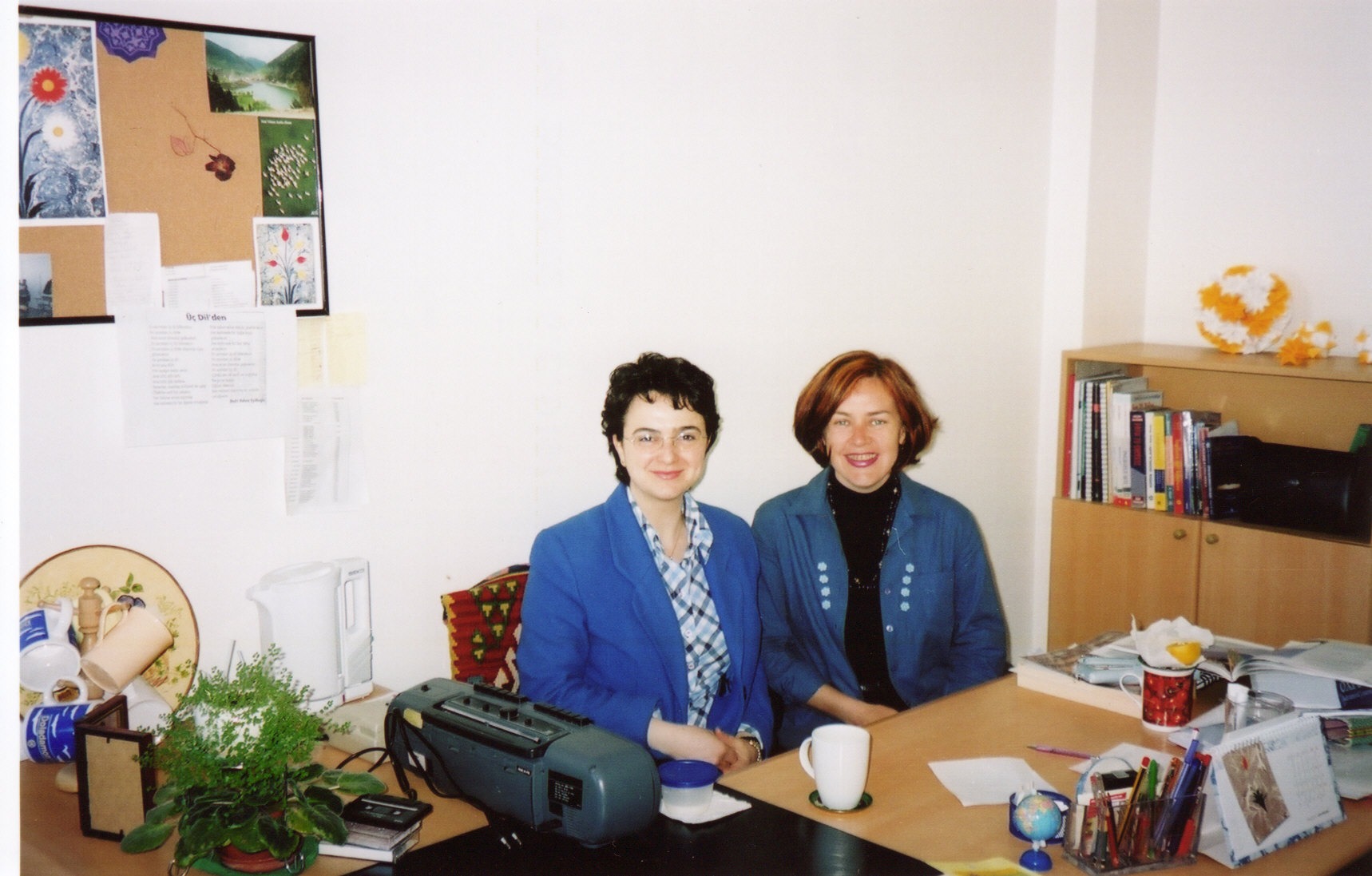
Sezen was always so matter-of-fact about telling me things, and never seemed to mind that some of them shocked me. When she told me things that were foreign to my way of thinking she never made me feel I shouldn’t ask questions, even if my questions could be seen as inappropriate.
“Did Hamdi go to university?”
“Yes.”
“So, is his bride university educated?”
“No, she’s not. She went to high school. Kayseri families don’t want brides who go to university.” I was puzzled. Education is highly valued in Turkey, and surely two partners of similar backgrounds would be more likely to have a successful marriage. I said as much to Sezen and she replied, “It’s more important what family the girl comes from. A good family means she has been brought up properly. She knows what’s important.”
“Do you mean,” I persisted, “that a good family wants a cultured girl. I mean, one who shares the same values?” The closest concept I could substitute was the idea that a ‘good’ family implies good breeding. Amongst the Kayseri trader classes this means the girl grows up with a certain level of interest in the arts and solid religious beliefs.
Part of me has always recoiled at the thought of arranged marriages, but after talking with Sezen about it many times, I realised my perspective was too narrow. She said her marriage was strong because she and her husband believed it was a commitment they both made and once made it was their duty to uphold it. A marriage works because both people are equal partners in a lifetime venture. That means working to each other’s strengths and weaknesses, knowing your goal is to be together until you die. Along the way you work, have children, experience all the dramas of life, and you do it as a team.
A few weeks later I met Hamdi’s bride, out shopping with her soon to be mother-in-law. They were completely relaxed in each other’s company and behaved as if they had known each other forever so I didn’t feel dishonest in offering my congratulations. The gelin, that is the bride, was going into the same family that had produced Sezen, which to my mind was no bad thing. I was excited to be invited to the wedding but unfortunately I couldn’t attend. Luckily Sezen was more than happy to tell me all about it.
On the Monday, the women from both sides of the family went to the couple’s new home. When the families can afford it, they set up the newlyweds with absolutely everything they need. Most couples go directly from their family home to their nuptial one, so neither of them has any second-hand furniture, like we do from living in shared houses. It’s all brand new. In some areas it isn’t unusual to see tractors pulling carts loaded with all their new belongings, the fridge, the washing machine and all the female relatives sitting on the couch, still wrapped in plastic. The ride to the new house is a diversion from their regular chores and counts as part of the celebrations.
As Sezen’s family live in towns now and not on farms any more, they arrived more conventionally by car. Once at the home of the newlyweds however, tea and coffee are served following the same traditions throughout the country, to allow the women to inspect the white goods, the furniture, the linen, the napery and the house.
They sit in a large ornate salon reserved for formal occasions, furnished with the couch and matching chairs, a china cabinet filled with wine glasses that are only ever filled with water and numerous nests of highly varnished side tables. In addition there is another smaller room filled with more robust, plainer furniture, which will one day serve as a playroom for their children.
Turkish wedding traditions in the past
In the past, the brides brought a hope chest to their marriage filled with towels, sheets, blankets and tablecloths lovingly prepared over the years by their mothers and the girls themselves. Kayseri protocol stipulated the exact contents, which amongst other things included twenty blankets and three tablecloths. At least one tablecloth had to be embroidered and one edged in lace, and how the various pieces were produced was subject to a carefully followed formula.
My aunt back in Australia, then in her 80s, had almost the same experience when she married. All her handiwork was carefully examined by her in-laws, in particular by her husband’s mother. Luckily for her my uncle loved her a lot, because embroidery wasn’t her strong point.
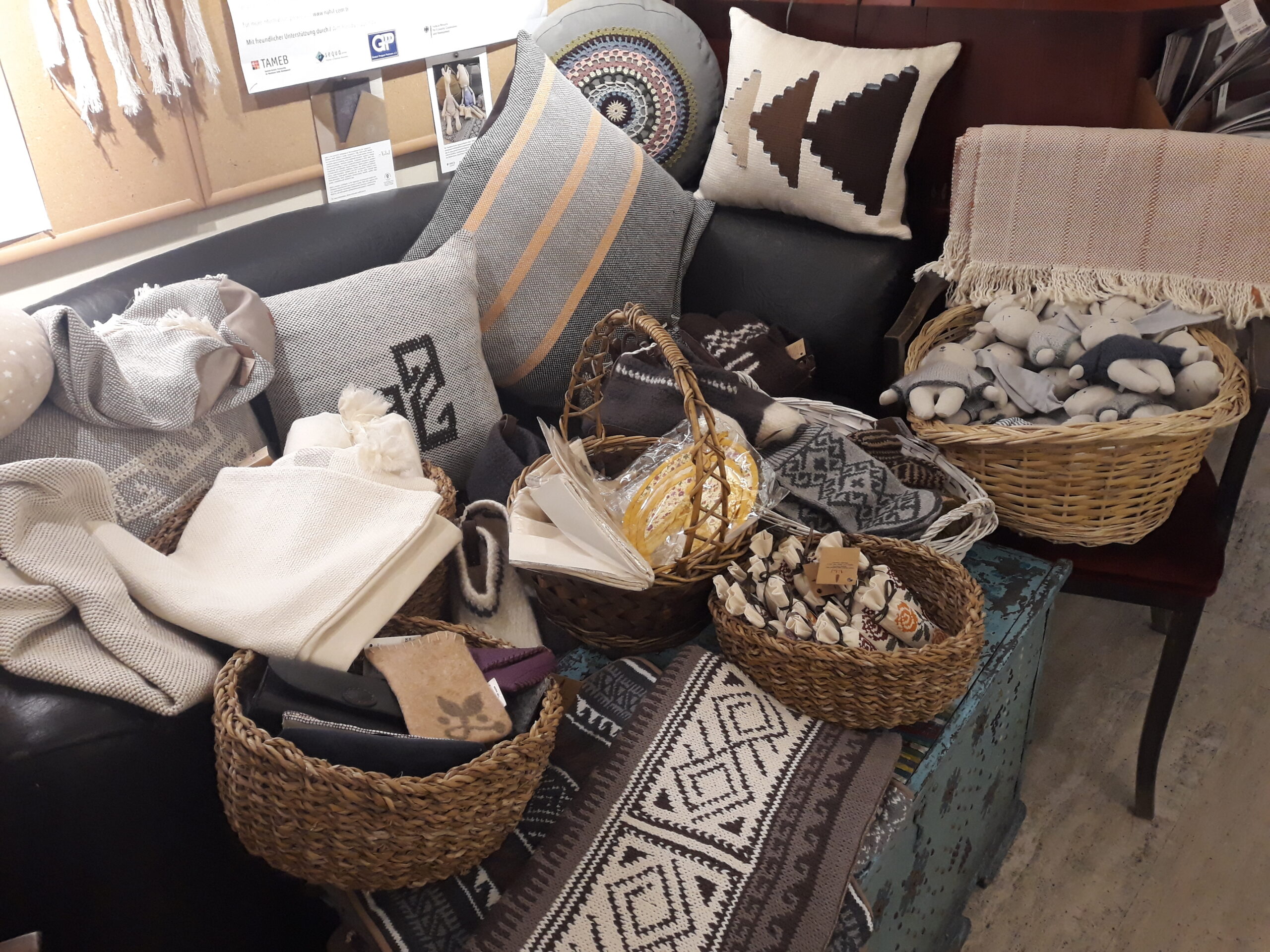
These days, Turkish women still prepare their daughters’ glory boxes, but the items are store bought. If you have enough money you can just buy what you need. In part this reflects the wealth of the family, but many more women work these days, and the feeling is why make things by hand if it isn’t necessary.
Sezen and I agreed that while the old way must have been enormously time consuming, the giving of handmade items to your daughter and making them as a bride was far more romantic and enduring. I still have dowry pieces hand stitched by my aunt, and even though the fabric of some of them has worn thin, I keep them as a link to the past and memento of her love.
Traditionally, women celebrated the second night of the wedding in the hamam, better known to Westerners as a Turkish bath. The practice has largely been abandoned now, as hamam are considered places only fit for the poor and uneducated. Most are a far cry from the neatly finished and opulently appointed baths offering spa treatments to European tourists.
Besides, these days nearly every modern home boasts a bathroom and running water and most Kayserians I knew were keen to distance themselves from village traditions. On the third day the religious ceremony was carried out by the imam, the Islamic religious leader of the local mosque, and on the fourth night a dinner was held when the secular papers necessary for a marriage to be legally binding were signed…”
Read more about Turkish wedding traditions …
Things change over time but in some things remain the same, particularly when it comes to Turkish wedding traditions. Get the full story in Exploring Turkish Landscapes: Crossing Inner Boundaries.
